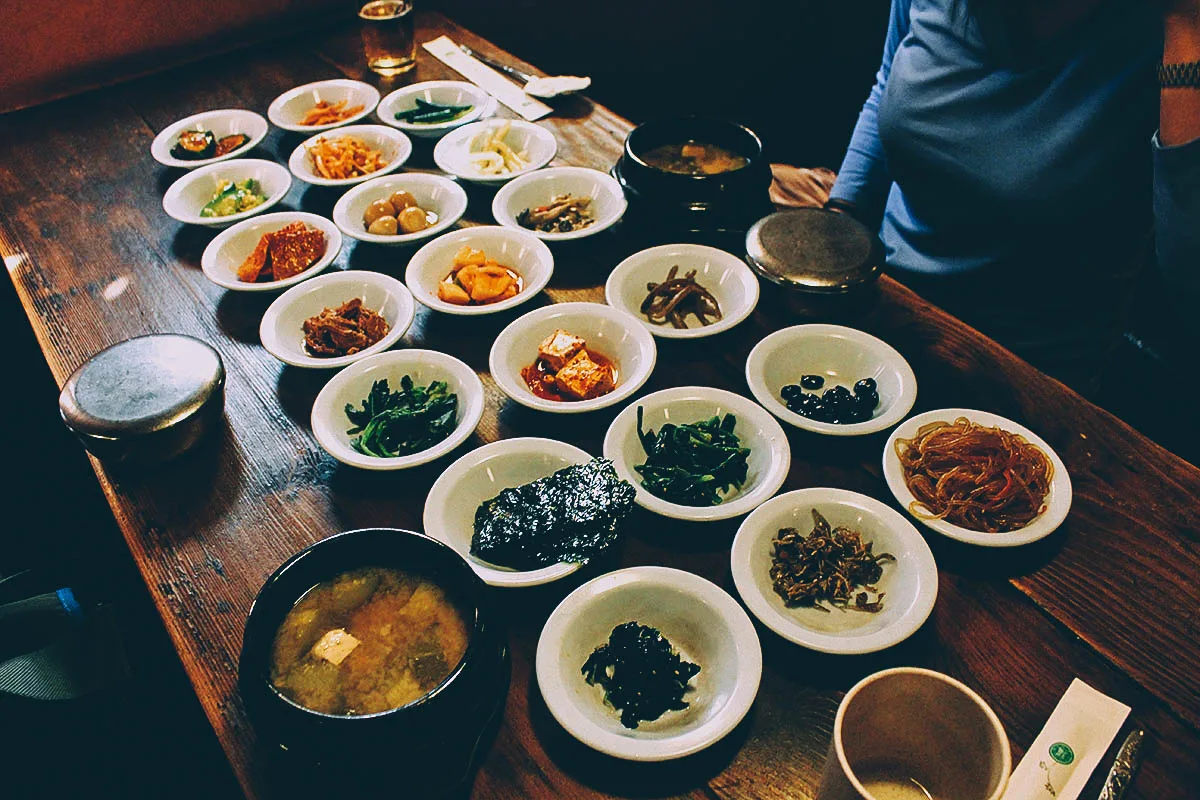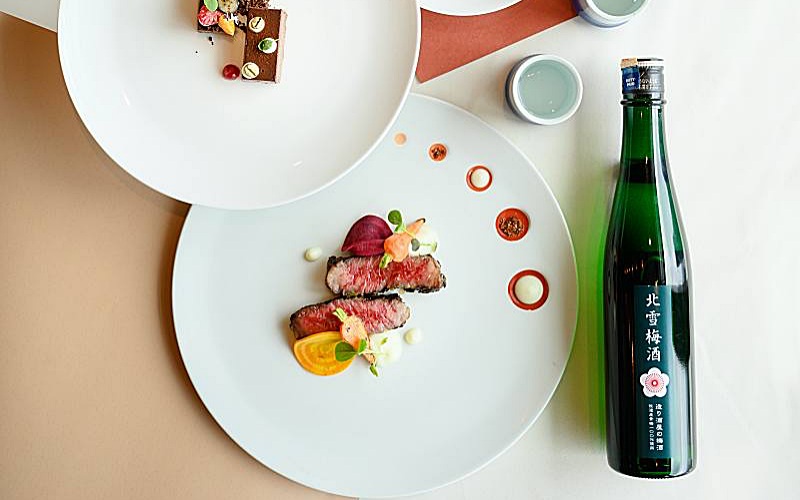7 FOOD RELATED THINGS YOU MUST DO IN GREECE!
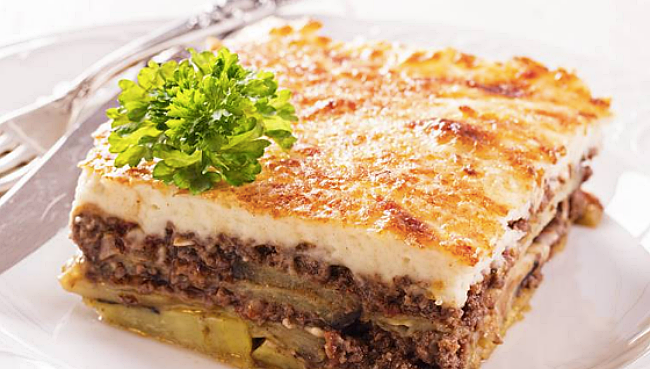
#1 Try Moussaka
A legendary, traditional dish that is creamy and juicy. Moussaka is served in almost all tavernas in Greece. In the big family gathering, this dish is prepared by Greek homemakers. In Moussaka, tomato sauce is used to cook minced beef, which is subsequently layered with sweet eggplants and creamy bechamel sauce. This irresistible cuisine is filling so you do not need too many side dishes.
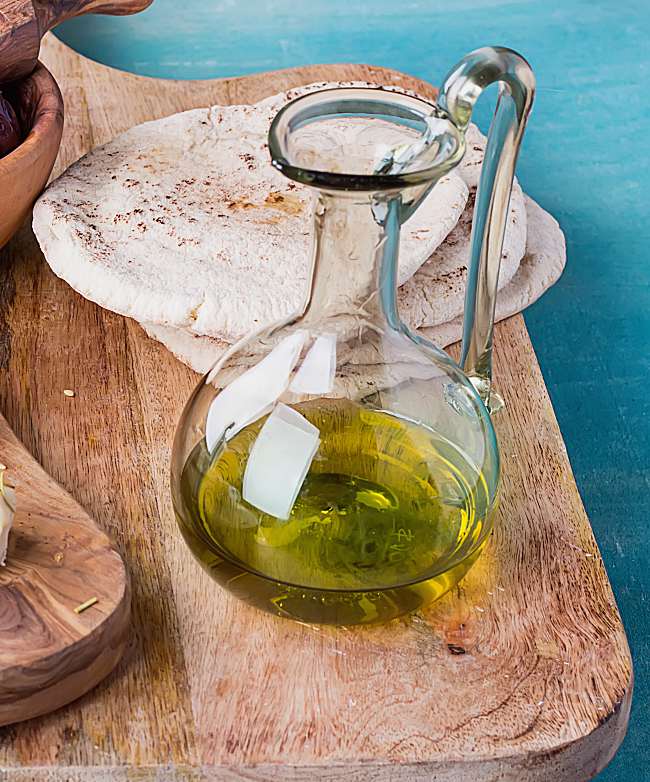 #2 Drink Olive Oil
#2 Drink Olive Oil
Fossilized olive leaves believed to be from 50,000 to 60,000 years old have been found on the Greek islands of the Aegean. The systematic cultivation of olives trees is said to have begun on the island of Crete in Neolithic times. This tells you that Greek ties to the olive tree run very deep indeed. In fact, Greece is one of the top three olive oil-producing countries in the world, and Greek olive oil is indisputably the finest.
Every Greek consumes more than 15 kilos of olive oil per year. Greece ranks first in olive oil consumption per person internationally. Biological and Protected Designation of Origin (PDO) olive oils are becoming a trend in the internal market, demonstrating a growth of more than 30% annually. Studies have shown that olive oil is the healthiest product among vegetable oils. It is loaded with antioxidants and protects from various diseases; therefore essential for a balanced diet! According to locals, drink a glass of olive oil every day – the Mediterranean way to a long life.
Note: Extra virgin olive oil is of exceptional quality, aroma, and taste. The oil comes from the first pressing of the olives, and no chemicals or hot water are added during processing. Acidity levels are below 0.8 percent. About 70 percent of Greece's olive oil is extra virgin. Virgin olive oil also comes from the first pressing, but the quality is not quite as exceptional. It offers fine aroma and taste, but the acidity can be up to 2 percent so it is less mild.

#3 Have a Breath-taking Breakfast
Most of the hotel in Santorini offering breakfast with breath-taking view to the caldera, volcano of Santorini, Aegean Sea and the village of Firostefani. For those affordable & prefer privacy for better room category, please do consider upgrade the room and balcony breakfast can be served in the room. Delight yourself and have the ideal holidays next to volcanic scenery, for unforgettable moments.
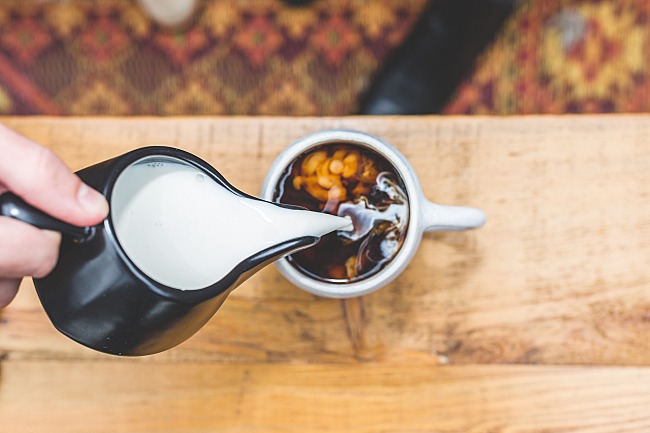
#4 Reveal Your Fortune In A Coffee Cup
A cup of coffee in Greece will tell you about the past, present and future in your personal, social or professional life, sceptics will ask. This method of fortune-telling, known as Tasseography (kafemandeia in Greek).
Tasseography is a fortune-telling method that interprets the residues at the bottom of a cup of coffee or tea, and is a very popular tradition in Greece and the Middle East, dating back to the 16th century. Some people who believe that shapes created by coffee grinds or tea leaves in the bottom of the cup can help predict the future, and with people willing to spend money on anything that might solve their problems, the coffee-reading business is flourishing in countries like Greece and Turkey.
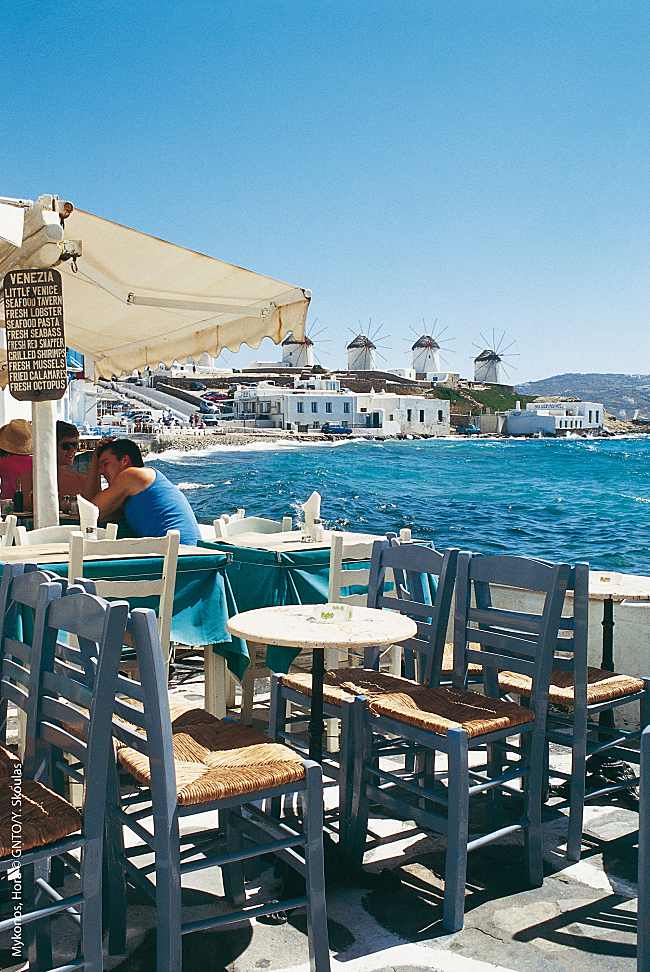
#5 Dine Seaside Mykonos
Mykonos is a representative example of the Greek gastronomy and is famous for a wide variety of appetizers like kopanisti, ksinotira, louza and sausages. If you find yourself in Mykonos take the opportunity to treat yourself to some local Aegean specialties! Pepper flavoured kopanistí, a soft cheese seasoned with pepper, is the island’s gastronomic trademark. Try it as a topping on a round rusk spread with grated tomato, a favourite local mezés (appetiser). Meat eaters can sample “loúzes” (cooked pork filet with spices) and tasty local sausages sprinkled with pepper, and local oregano that has been caressed by the sun and dried in the north wind. To finish off your meal you can sample two exceptionally good local pastries, “amigdalotá” (small round cakes with ground almond, rosewater and caster sugar) and honey pie.
In Mykonos you will find a great variety of dining places. You should not be in a hurry to eat at the first restaurant you come across. It would be wiser to walk around and see the several types of restaurants, the plates served and their prices. There are many overpriced restaurants in Mykonos however, a number of cheap taverns is also there for the careful shopper. Before deciding think of what you would like to eat and how much you would like to spend.
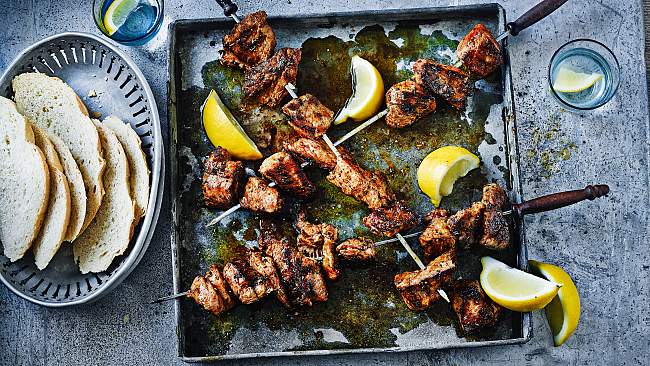
#6 Try Souvlaki
Souvlaki is a very popular Greek food available in street side restaurants. The dish is well cooked with seasoned meat and then flavored with tzatziki sauce. In Greek language, Souvlaki stands for ‘meat-on-a-skewer. Most Greek people call any type of pita wrapped meat a Souvlaki. However, they somehow distinguish the name by the meat that is used. As for instance, Souvlaki with pork skewers or Souvlaki with chicken Gyros.
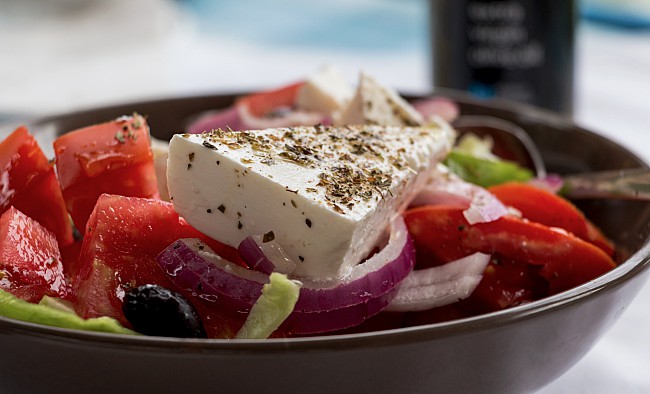
#7 Must eat FETA Cheese
People always respond to the real thing, and when it comes to feta, there is only one real version: the Greek kind. Feta is the national cheese of Greece and the oldest one, so much so that in many parts of the country where it is traditionally produced it is simply referred to as “cheese.” In fact, 70 percent of the cheese consumed in Greece is feta.
The word feta means wedge or slice, probably in reference either to the triangular pieces that are cut into the wheels of cheese before they go into the barrel or in reference to the fact that feta was cut into wedges in order to be sold. From the mid-19th century up through the early 1960s, feta was aged in barrels. However, commercial shipping of the cheese made it more practical to age it in tins, which fit more ergonomically into the hulls of ships and later into containers. As a result, today, most feta is aged in tins but connoisseurs consider the best feta to be barrel-aged because barrels breathe, thus helping the cheese to mature. Feta-like cheeses are produced and are popular in Bulgaria, Cyprus, Denmark, France, Germany, Italy, Romania, Turkey, the United States, and most of the other Balkan countries, but only Greece is allowed to use the name “Feta” in the European Union. The European Union made the ruling final in 2002, the year the cheese gained PDO status, and since then all similar non-Greek cheeses must be designated “white cheese” on their labels.
Want to experience all things above? Check out affordable Greece travel tour packages here!



